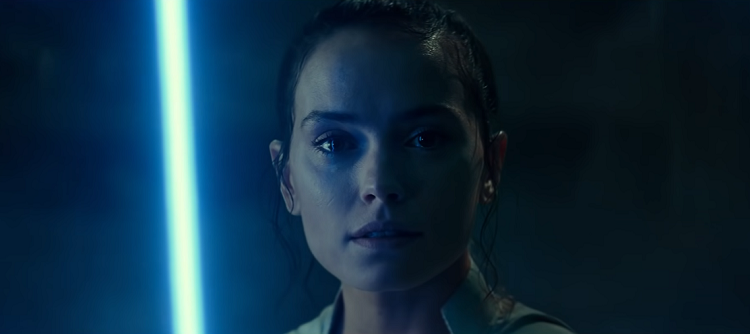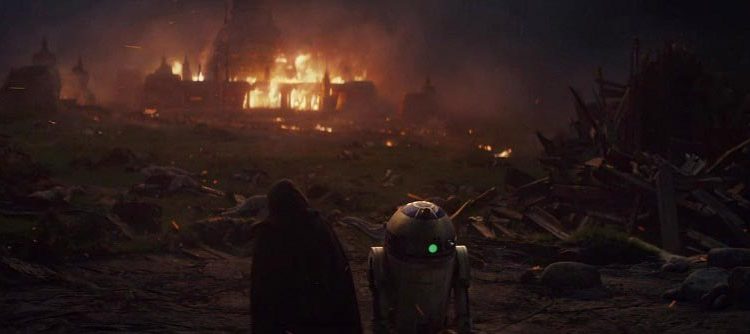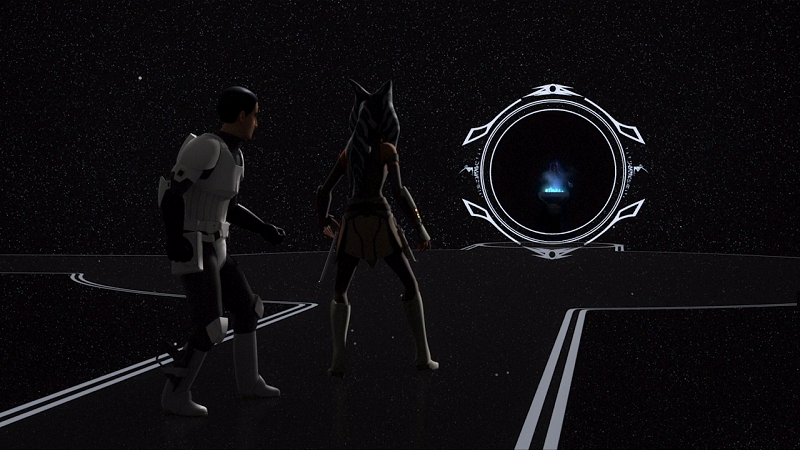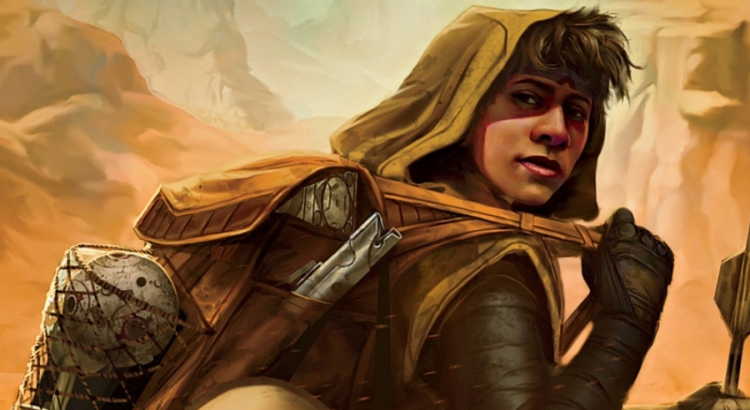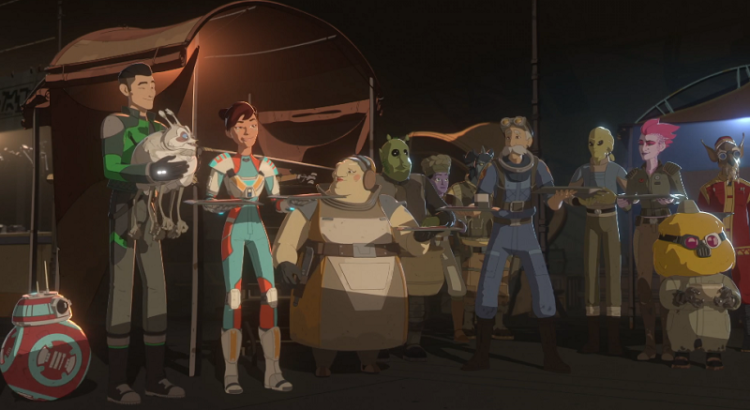(Editor’s note: normally, rather than compete with the holidays this week would be dedicated to our biannual Second Look feature—and that will indeed begin tomorrow and run through Friday. But first, with The Rise of Skywalker being so fresh in everybody’s minds and reactions being, ah, also very fresh, I thought today would be a good opportunity for this short, lighthearted piece from Jay Shah, which let’s be honest, I couldn’t have stopped him from writing if I’d tried. – Mike)
Warning: heavy spoilers follow for The Rise of Skywalker.
So, there are many questions that The Rise of Skywalker raises, even as it purports to answer others. There will be many articles over the coming weeks asking or answering them, serious think-pieces and silly parodies.
I plan to be serious in my silliness.
We learn a few things about Rey in this movie. I want to discuss what they mean. Not specifically for her, or the saga, or the mythology. I’ll leave those discussions for someone else. I want to discuss what the appropriate form of address for her should be.
But wait, you ask! Didn’t she say at the end of the film that her name was Rey Skywalker? She sure did. And she has a right to decide who she is and how she defines herself, regardless of what anybody else says — her bloodline, her family, the galaxy, etc. If she says she’s Rey Skywalker, then she is.
But since I didn’t see her sign a legal change of name document, I’ve decided she’s still legally Rey Palpatine. This is an assumption on my part: we don’t know if her father was legitimate or if he or she was a product of a morganatic marriage. [1]marriage between people of unequal social rank But this is a silly piece, so I don’t care. I’m operating under the assumption that her father is legitimate and so is she. The Emperor wanted her to succeed him, so that is enough to establish legitimacy for me, regardless of anything else. Princeps legibus solutus est, [2]“the prince is not bound by laws” after all.
Read More